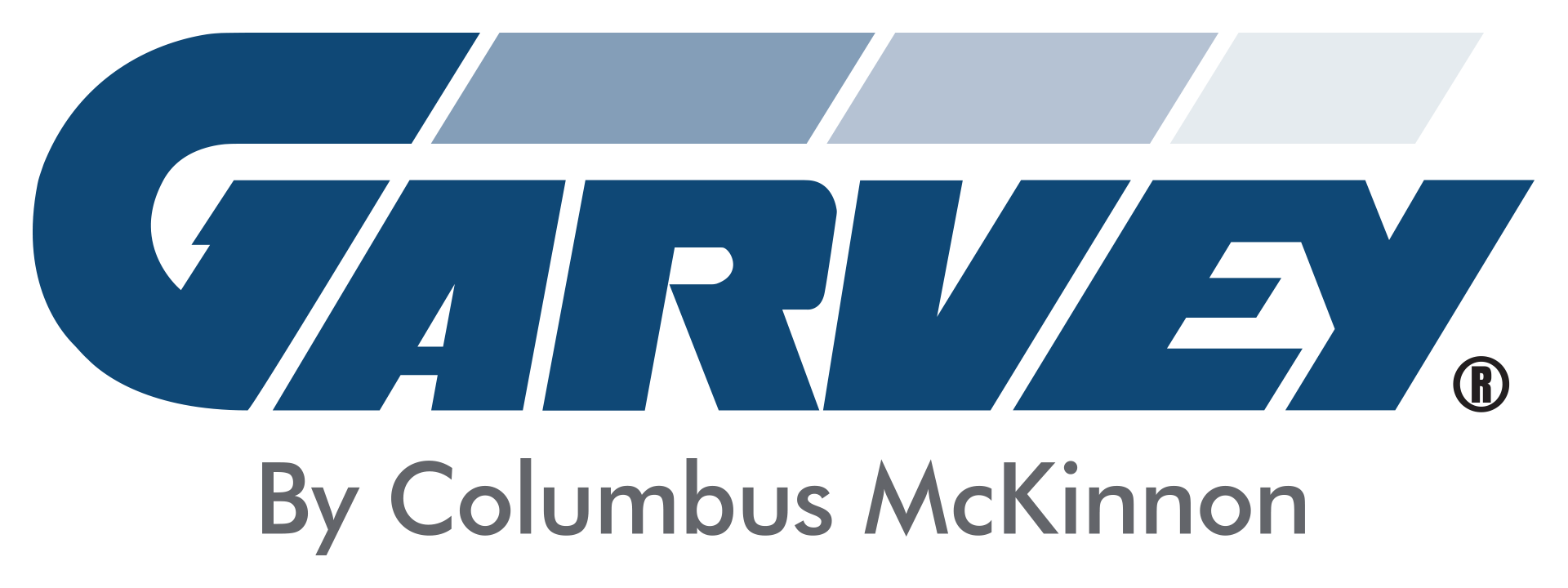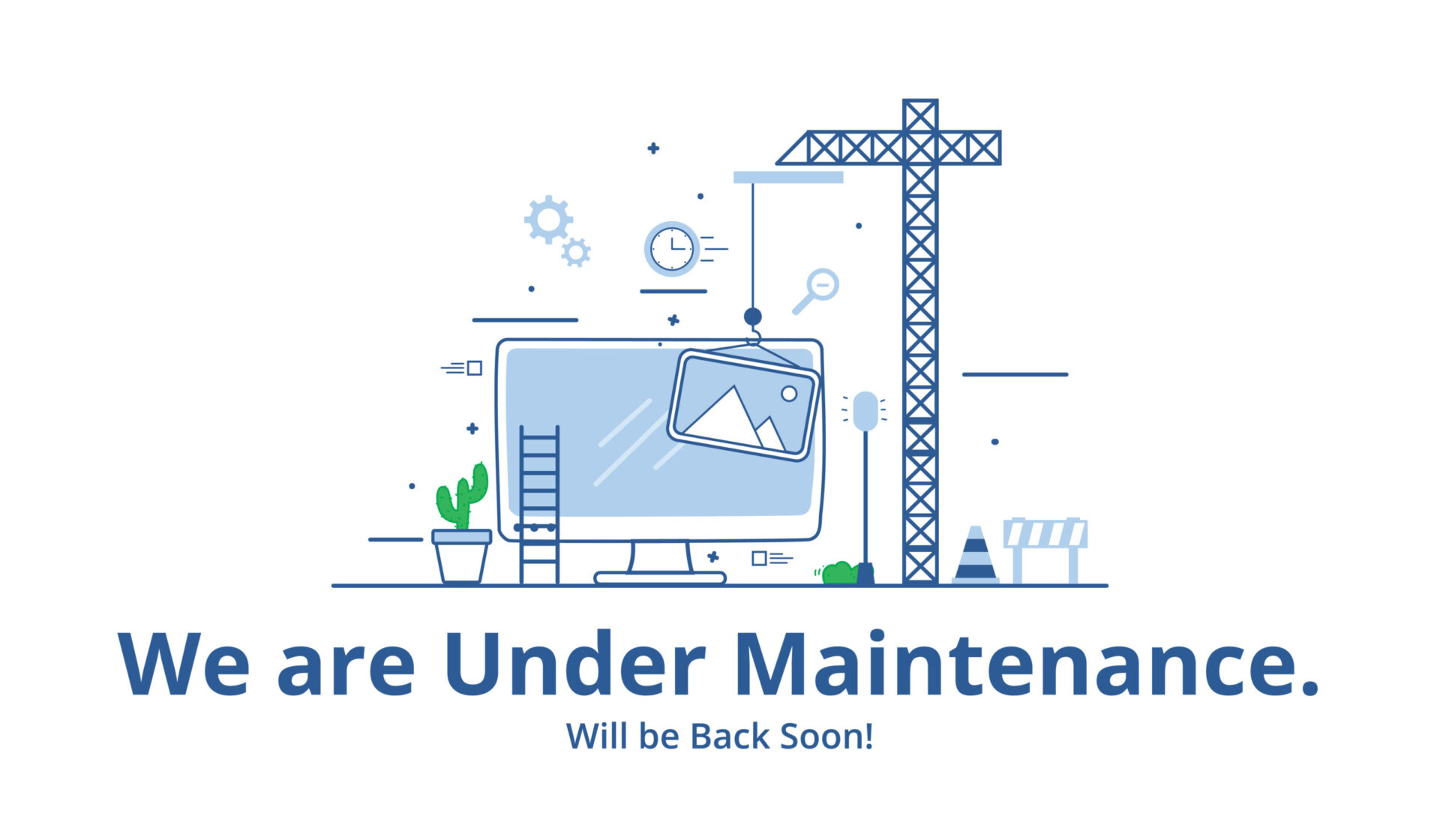We talk a lot about unplanned manufacturing downtime because it’s basically flushing money down the drain. Factories can lose up to 20% of their productivity each year, so, understandably, manufacturers cite reducing unplanned downtime as a significant priority.
Downtime affects all manufacturers to some extent, but there are ways to minimize it to increase your throughput and revenue. If you are tired of unplanned downtime affecting your bottom line, we can help.
First, let’s look at why manufacturers experience line stoppages and how much downtime could be costing your organization.
What are the top causes of downtime?
Human Error
Humans make mistakes. But those mistakes can lead to stoppages on the line. Human error is one of the most common causes of downtime, and lack of training and resources are often the culprits.
Ensure your training programs are up to date and your employees understand their responsibilities as well as all company SOPs and safety protocols.
Another thing to keep in mind is workforce management. Mistakes are more likely to happen if your people are spread too thin.
Equipment Failure
Equipment breaks down from time to time. These could lead to micro stoppages under minutes or longer periods that can shut down the line for hours or even days.
Lack of Business Continuity Planning
Natural disasters, power outages, and accidents happen. It’s impossible to prevent a hurricane or region-wide power outage, but you can plan against them.
Business continuity planning and training is the best way to ensure your organization is prepared to respond to a disaster and bring operations back to normal.
Unfortunately, the cost of not having a business continuity plan only reveals itself after a disaster has already struck.
How much could downtime be costing your business?
Calculating downtime will be different for every business as so many variables are involved. The Aberdeen Group estimates that downtime costs manufacturers anywhere from $10,000 to $250,000 per hour.
What can you do to reduce downtime on your line?
At Garvey, we hate stoppages. Our mission is to keep production lines running, so we do everything we can to help our customers reduce downtime whenever possible.
The Line Analysis
One of the first things we typically do when we work with a new customer is to conduct a line analysis. Our sales engineers will visit your facility to learn more about your line and identify your constraint.
As accumulation experts, we want to ensure your constraint is always running as it is your line’s weakest link. To accomplish this, we may recommend an accumulation system to deal with any bottlenecks on the line.
Our line analysis is free of charge, and we have helped companies increase their throughput by up to 30% by reducing short periods of downtime that stop the constraint from running. You can schedule a line analysis with a Garvey sales engineer here.
Garvey Annual Maintenance Agreement (GAMA)
GAMA is an industry-leading preventative maintenance program that helps manufacturers keep their maintenance costs low and avoid costly equipment failures that cause significant downtime.
A Garvey technician will visit your facility each year and thoroughly inspect all your Garvey equipment. The technician will identify potential problems and list replacement parts needed to keep your equipment running as smoothly as the day it was installed.
In addition to inspecting your equipment and performing any necessary modifications, your Garvey technician will conduct staff maintenance training so that you can stay on top of your maintenance schedules.
GAMA members also receive 10% off all Garvey parts and services. You can learn more about the GAMA preventative maintenance program here.
Although unplanned downtime is an issue every manufacturer must deal with, you can manage it. By understanding why unplanned downtime is happening on your line and having the tools and resources to mitigate it, you can ensure your line stays running.
Let us know how we can help.




